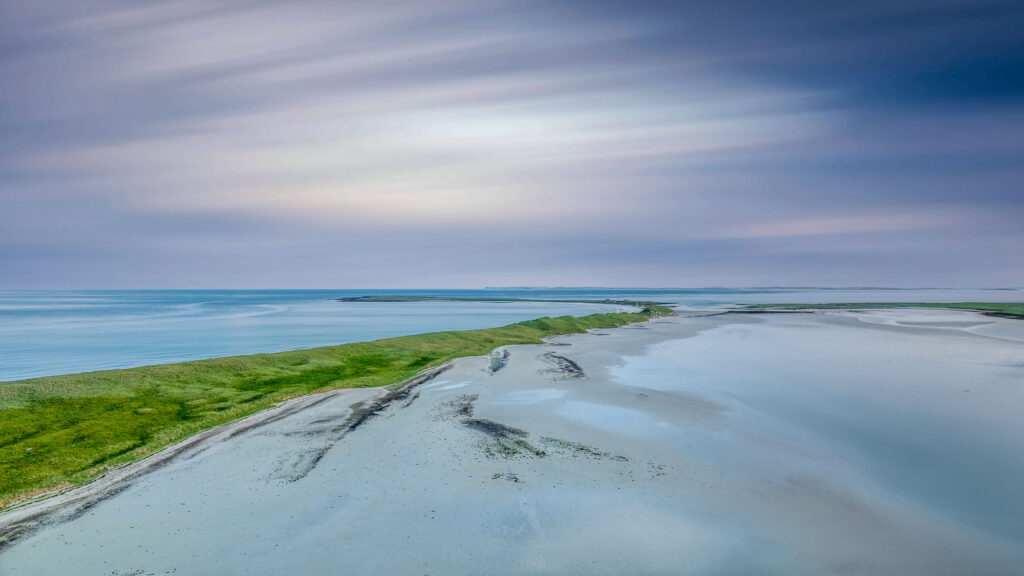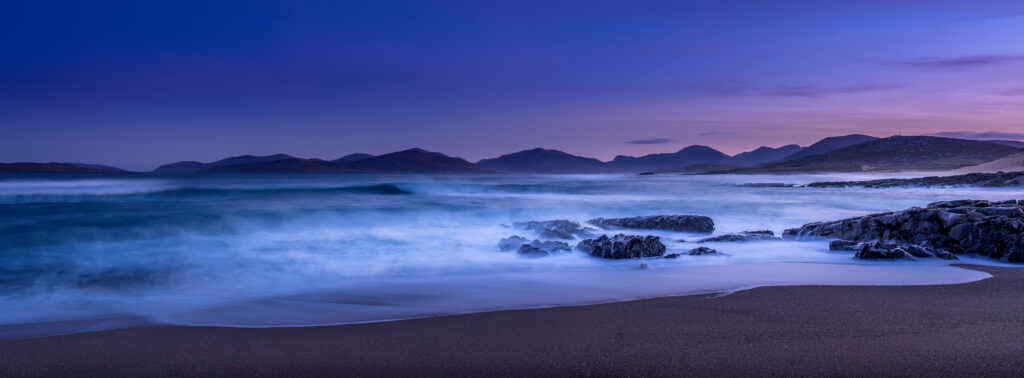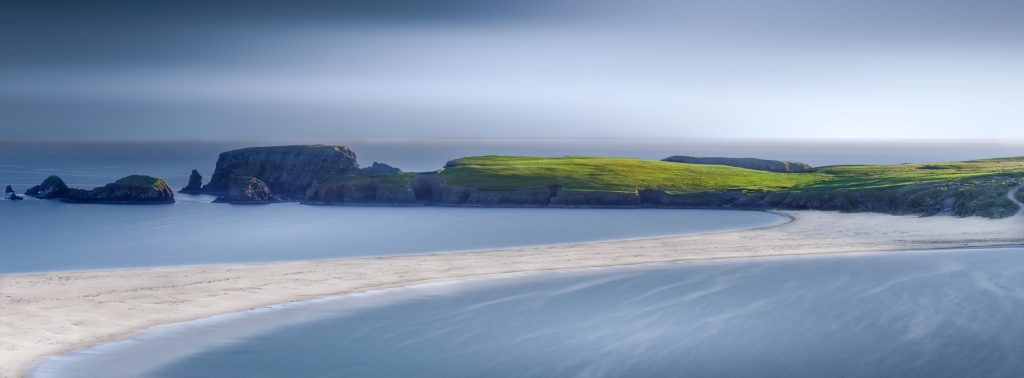The Beauty of Photographing the Coastline
I have been photographing professionally in the Scottish Highlands for over 8 years. There are numerous reasons why I am captivated by and love photographing the wild, rugged, raw beauty of this untouched beauty of the Scottish Highlands coastline, I can’t help but be reminded of my island roots. Having been born on an island, I feel a sense of joy and fulfilment capturing the breathtaking emptiness, the wild, fragile beauty the heart-stopping, thrilling landscapes this region has to offer. The incredible diversity of natural elements, from jagged cliffs and rocky shores to pebble beaches and turquoise waters, presents endless opportunities to create unique and striking compositions.

One of the most remarkable aspects of this spectacular area is it’s raw and untamed nature, which allows for a truly authentic and immersive photographic experience. There are no limitations or constraints on what you can capture – only your imagination and creativity serve as boundaries.
So, for me, exploring and photographing the coastlines of the Scottish Highlands is not just a passion project, but more of a soul-stirring journey that I feel blessed to embark on every time.
Scotland’s coast offers a breathtaking landscape for photography, and capturing its beauty can be an incredible experience. Here are some of my tips to enhance your coastal photography skills:
-
Plan your shoot: Research the locations you want to visit along the Scottish coast. Look for interesting features, viewpoints, and potential compositions. Take note of sunrise and sunset times, as well as tide schedules, to maximize the best lighting conditions and tidal variations
-
Weather and atmosphere: Scotland’s weather can be dramatic and ever-changing, which adds character to coastal photography. Embrace the moody skies, clouds, mist, and rain to create atmospheric shots. Be prepared for the weather with appropriate gear and protect your camera from water damage.
- Composition: Pay attention to the composition of your shots. Look for leading lines, such as cliffs, rock formations, or shoreline, to guide the viewer’s eye into the frame. Incorporate elements like rocks, boats, or coastal vegetation to add depth and interest to your images.
- Capture motion: The coast is full of movement, whether it’s crashing waves, flowing water, or swaying grass. Experiment with longer exposures to create a sense of motion and capture the dynamic nature of the scene. Use a tripod to keep your camera steady during longer exposures.
- Use filters: Consider using neutral density (ND) filters or graduated ND filters to balance the exposure between the sky and the foreground. These filters help to control the dynamic range and prevent overexposed skies or underexposed landscapes.


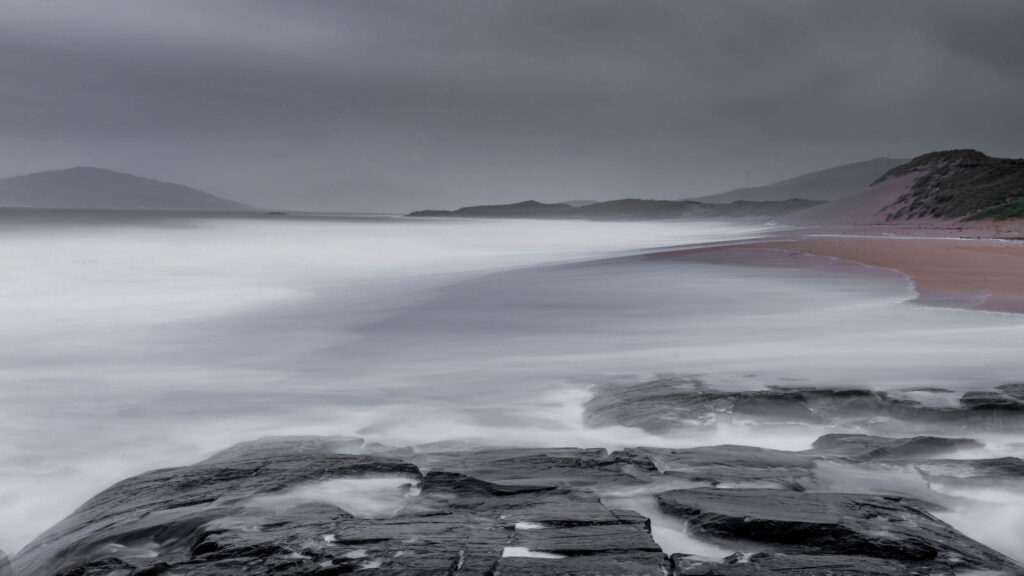
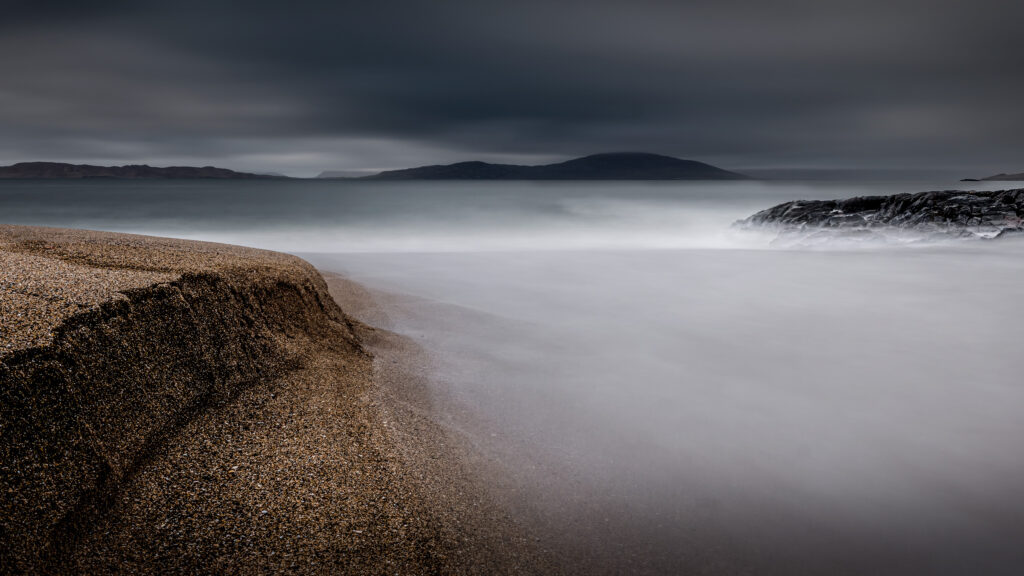
Golden hours: Take advantage of the golden hours—the hour before and after sunrise and sunset—when the light is soft, warm, and creates a magical atmosphere. These times often yield stunning colours and long shadows, enhancing the coastal scenery.
Experiment with perspectives: Try different angles and viewpoints to add variety to your portfolio. Get low to the ground for a unique perspective, or find higher vantage points like cliffs or hills to capture the vastness of the coastline
- Bracketing and HDR: In challenging lighting conditions, consider bracketing your exposures to capture a wider range of tones. Later, you can blend the images together using HDR (High Dynamic Range) techniques to create a balanced and detailed final image
Long lenses and details: Don’t forget to bring a telephoto lens to capture distant details and isolate interesting elements along the coast. Zooming in on rock formations, wildlife, or patterns in the sand can yield unique and captivating shots
- Post-processing: When you’re back home, enhance your coastal images with post-processing. Adjust exposure, contrast, and colours to bring out the mood and atmosphere you experienced on location. Be careful not to overdo it, though, as natural-looking edits tend to be more appealing.

Remember, these tips are just starting points, and the most important thing is to have fun and let your creativity flow. Explore, experiment, and develop your own style as you capture the beautiful coastal landscapes of Scotland. Happy shooting!


